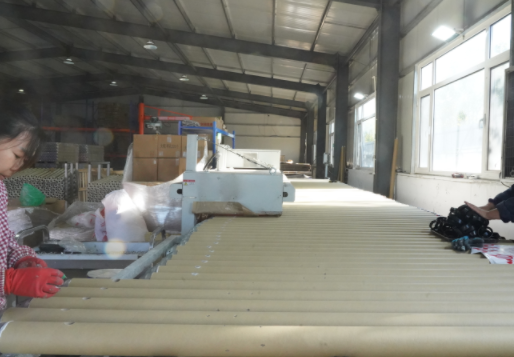How does a metallurgical sensor work? Hebei Dingoxy probe manufacturer production with you to understand
Jun 17,2025
The working principle of metallurgical sensors, especially metallurgical weighing sensors, is mainly based on the resistance strain effect, that is, by converting the weight signal or pressure signal into a power signal to achieve measurement. Specifically, the working principle of the metallurgical weighing sensor can be summarized into the following steps, and the next step is to answer your question:

Elastic deformation:
When an external force (such as the weight of the object) acts on the elastomer of the sensor (such as the elastomer made of alloy steel or stainless steel), the elastic body will deform. This deformation is proportional to the external force applied, following Hooke's law.
Resistance change:
Elastomers are attached to strain gauges, which are usually made of metal or semiconductor materials. When the elastomer deforms, the strain gauge will also deform, resulting in a change in its resistance value. Metal strain gauges are based on the strain effect of metal conductors, while semiconductor strain gauges take advantage of the piezoresistive effect of semiconductor materials.
Bridge circuit conversion:
The change in resistance of the strain gauge is usually very small and needs to be converted into a measurable voltage signal by a bridge circuit, such as a Wheatstone bridge. The Wheatstone bridge consists of four resistors, at least one of which is a strain gauge. When the strain gauge resistance changes, the bridge is out of balance, producing an output voltage proportional to the change in strain gauge resistance.
Signal conditioning and output:
The voltage signal output from the bridge is usually weak, and there may be noise interference, nonlinear and other problems. Therefore, it needs to be amplified, filtered and linearized by signal conditioning circuit. The amplifier circuit amplifies the weak signal to a suitable amplitude, the filter circuit filters out the high-frequency noise and interference signals, and the linearization circuit maintains a good linear relationship between the output signal and the external force through compensation and other methods. Finally, the conditioned voltage or current signal is output as an analog weight signal, the size of which is proportional to the weight of the object being measured.
In summary, the metallurgical sensor realizes the accurate measurement of the weight of the object by sensing the deformation of the elastomer, converting the deformation into a resistance change, and then converting the resistance change into a measurable voltage or current signal through the bridge circuit and the signal conditioning circuit. This working principle makes the metallurgical sensor widely used in the metallurgical industry, such as raw material batching, finished product weighing and other links, providing key weight data support for the automation of metallurgical production.
NEXT:
Contact Us
Phone: +86-315-8566505
Email:calor@euryusense.com
Whatsapp:+86 15102582032
Add:Lihaozi village, Qianying Town, Fengnan District, Tangshan City, Hebei province
